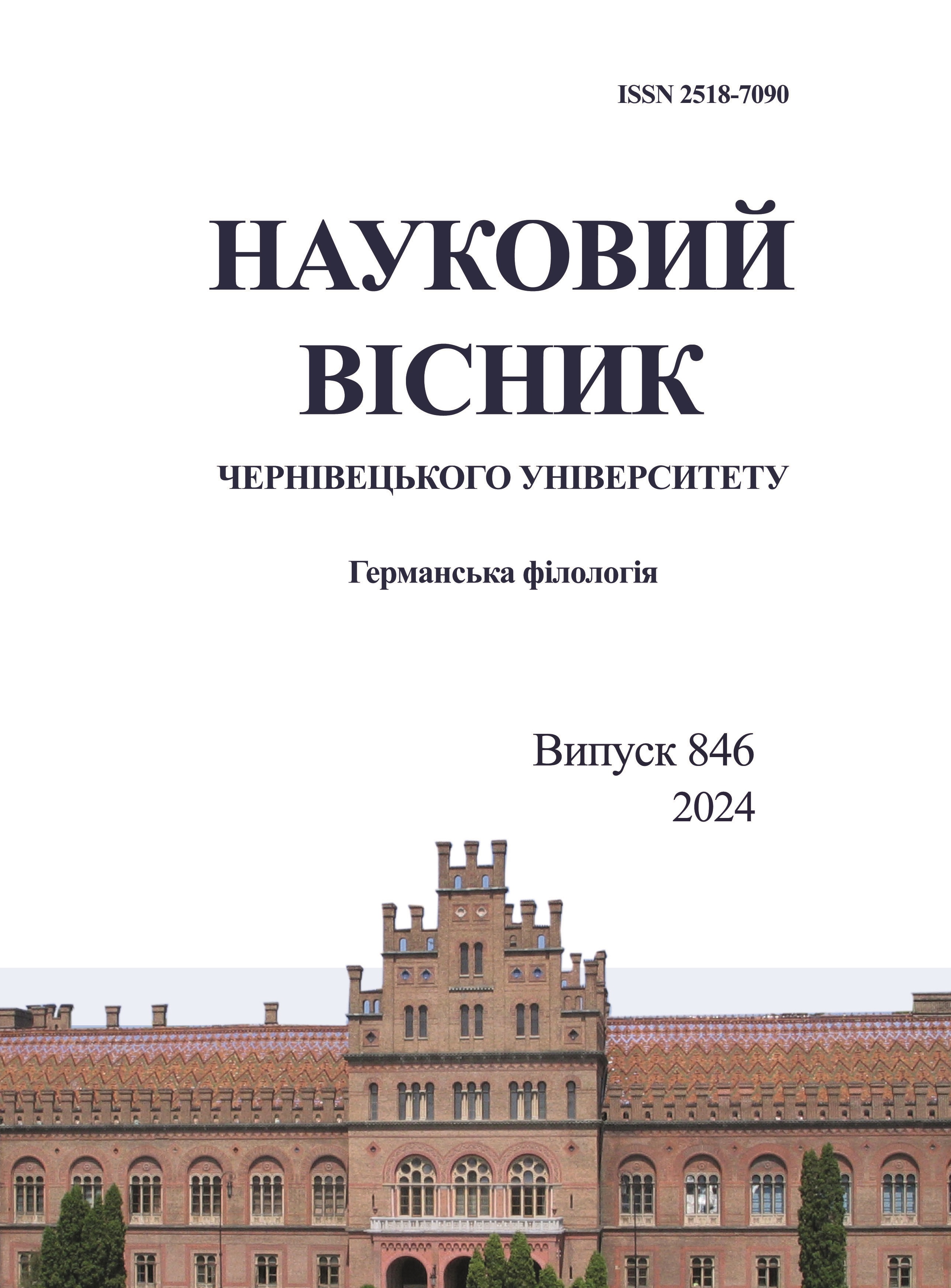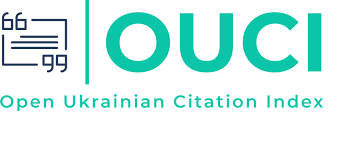МНОЖИННІСТЬ ПЕРЕКЛАДУ ЯК ГЕРМЕНЕВТИЧНА ПРОБЛЕМА
DOI:
https://doi.org/10.31861/gph2023.846.23-34Ключові слова:
герменевтика, інтроспекція, лексика, множинність перекладу, перекладацькі трансформації, семантика, художній перекладАнотація
Статтю присвячено дослідженню герменевтичної проблематики множинності перекладу монологу з канонічного твору В. Шекспіра “Гамлет, принц данський”. Метою дослідження є спроба витлумачити зміст перекладацьких рішень українськими перекладачами ХІХ–ХХІ століть (П. Куліш, М. Старицький (ХІХ ст.), О. Бургардт (Ю. Клен), Г. Кочур (ХХ ст.), О. Тільна та Ю. Андрухович (ХХІ ст.)). Актуальність дослідження зумовлена пошуком оптимального варіанту втілення смислу оригіналу в перекладі, а також інтересом лінгвістів до множинності перекладів,детермінованих часовими рамками, які впливають на подальший розвиток перекладознавчих та літературознавчих процесів. Методи дослідження передбачають літературознавчий та герменевтичний аналіз, який полягає у зіставленні оригіналу з перекладами, у тому числі з урахуванням темпорального чиннику, а також визначення лінгвістичних та прагматичних особливостей. Проведене дослідження спрямоване на виявлення стилістичних особливостей монологу, його смислового навантаження та з’ясування причин множинності перекладу тексту та його рецепції українським читачем. Дослідження охоплювало три рівні аналізу: інтонаційно-ритмічний ((віршовий), який передбачає реалізацію варіативності віршового розміру при перекладі, та його вплив на витлумачення змісту текстотвору), синтаксичний (використання лексико-граматичних трансформацій для адекватної передачі змісту твору) та лексико-семантичний (спрямований на виявлення перекладацьких трансформацій, стилістичних прийомів, які сприяють передачі ідейно-художньої спрямованості тексту та його тлумаченню). В результаті аналізу ретрансляцій було виявлено, що, окрім декодування змісту мови-джерела та кодування його мовою перекладу, перекладачам доводилося вдаватися до власного розуміння цільової аудиторії та її потенційного сприйняття тексту, враховуючи співвідносність перекладеного тексту у відповідності до часових рамок. Проведене дослідження свідчить, що варіація перекладацьких методів та рішень може мати різний інтроспекційний вплив на кінцевого реципієнта, як через різне стилістичне і семантичне навантаження обраних перекладацьких прийомів, так і через часову співвіднесність перекладеного твору.







